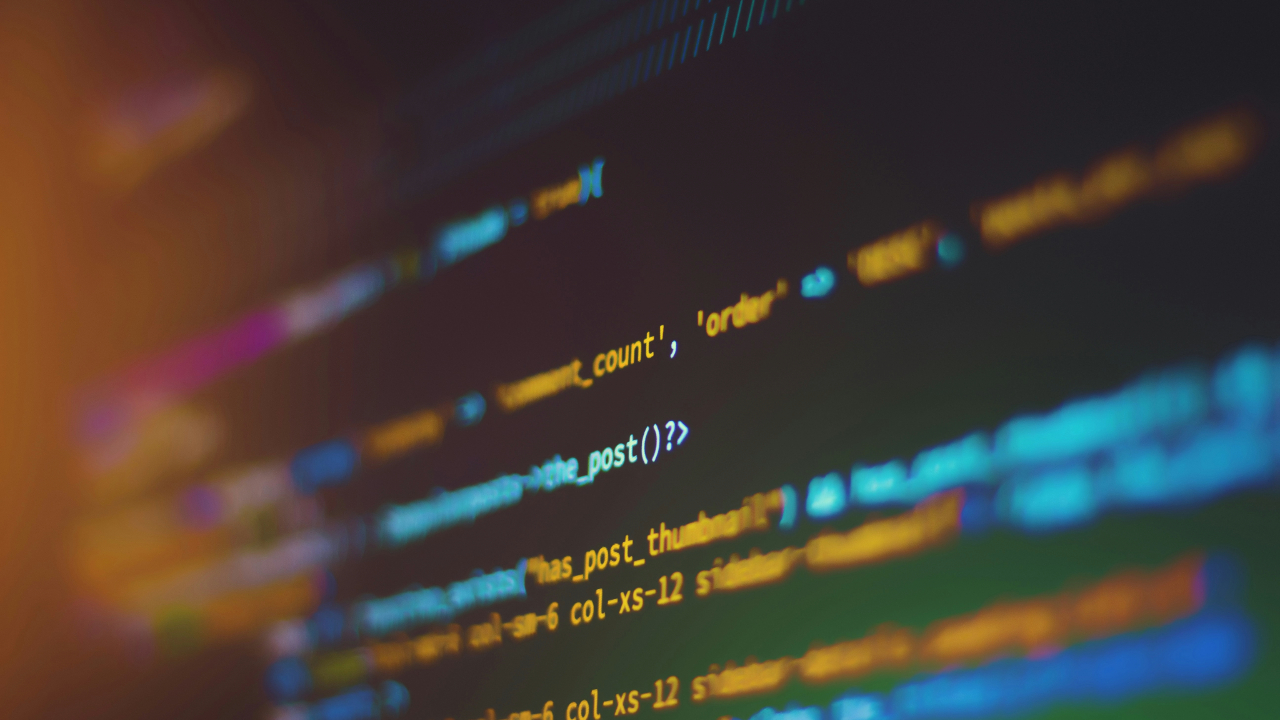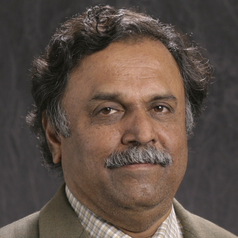Quantum physics protects videos from prying eyes and tampering

Today's encryption works well, until tomorrow's quantum computers arrive.

This article was originally published at The Conversation. The publication contributed the article to Space.com's Expert Voices: Op-Ed & Insights.
We have developed a new way to secure video transmissions so even quantum computers in the future won't be able to break into private video livestreams or recordings. We are computer scientists who study computer security. Our research introduces quantum-safe video encryption, which combines two complementary techniques: quantum encryption and secure internet transmission.
With our encryption system, a hacker wouldn’t be able to access or understand the video data because it's scrambled using a quantum key that changes unpredictably. Cryptographic keys scramble data so that only someone with the correct key can unscramble it. If the hacker even tries to peek, the system detects it and raises an alarm. The video also travels in the digital equivalent of a locked box over the internet, so nobody can swap or tamper with it in transit.
Quantum encryption scrambles video data using truly random cryptographic keys based on quantum physics. Unlike traditional encryption that relies on mathematical complexity, quantum encryption uses the fundamental unpredictability of quantum states to generate unbreakable keys.
Quantum refers to the scale of atoms and molecules, which behave in counterintuitive ways. Quantum computers take advantage of these strange behaviors to solve problems that are difficult or impossible for ordinary computers.
We combine this quantum encryption scheme with secure transmission over the internet using transport layer security. This is the encryption scheme used to keep connections between web browsers and web pages private.
Our approach works by converting each video frame into a quantum image representation, essentially a mathematical framework that captures visual information in quantum states. We then scramble the data by combining it with quantum-generated random keys, making the encrypted video statistically indistinguishable from pure noise.
Breaking space news, the latest updates on rocket launches, skywatching events and more!
And because quantum encryption is resistant to future technology such as quantum computers, that video is safe for years to come.
Why it matters
Today's encryption works well, until tomorrow's quantum computers arrive. These super-powerful machines will be able to crack most current encryption methods in seconds. That means today’s private videos, stored on cloud platforms or transmitted over the internet, could be decrypted years from now.
More dangerously, these stolen videos can be manipulated into deepfakes: AI-generated videos that can make anyone appear to say or do anything. A forged video can ruin reputations, sway decisions and even incite violence. A secure encryption system not only protects privacy, it helps protect truth.
What other research is being done
Researchers around the world are exploring quantum key distribution to securely share encryption keys. Others use chaos theory, deep learning or hybrid algorithms to secure video and image content.
But most existing work focuses on images, or only on key exchange, without fully securing live or stored video data.
What's next
We're working toward scaling this system to encrypt full video files and real-time video streams, such as those used in video conferencing and surveillance systems.
Next steps include reducing the performance overhead for smoother playback and testing the system in real-world environments. We're also exploring how it can work alongside deepfake detection tools, so we not only stop hackers from accessing videos but also prove the videos haven’t been altered.
While our framework shows strong early results, practical use will depend on phased adoption as quantum systems become more accessible over the years.
The Research Brief is a short take on interesting academic work.
This article is republished from The Conversation under a Creative Commons license. Read the original article.

Dr. S.S. Iyengar is currently the Distinguished University Professor, Ryder Professor of Computer Science and a former Director of the Knight Foundation School of Computing and Information Sciences at Florida International University (FIU), Miami. He is also the founding director of the Discovery Lab.
You must confirm your public display name before commenting
Please logout and then login again, you will then be prompted to enter your display name.

